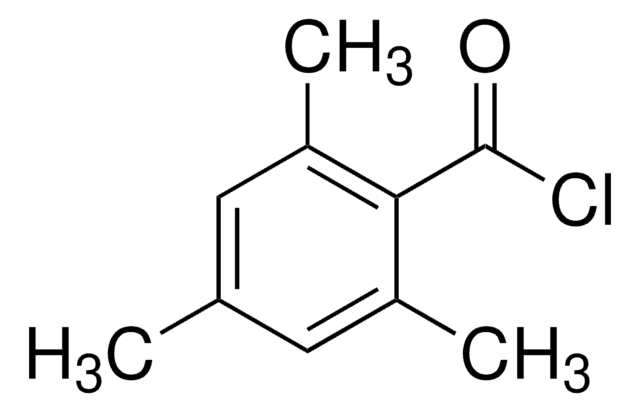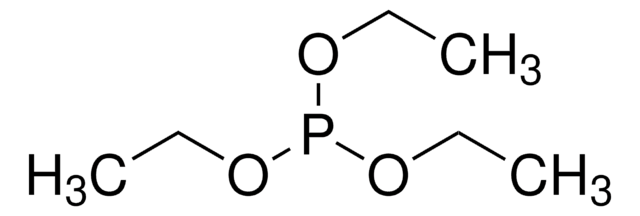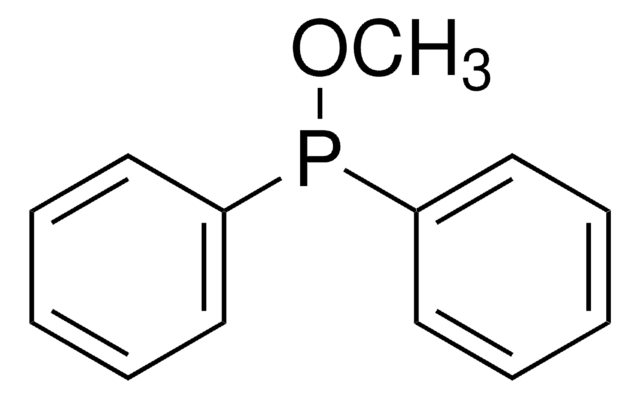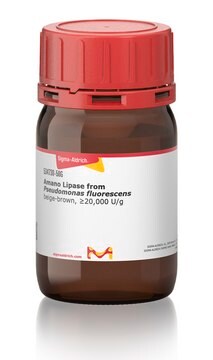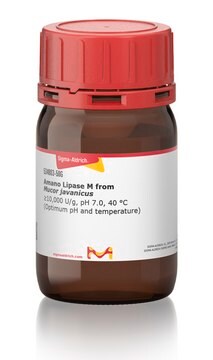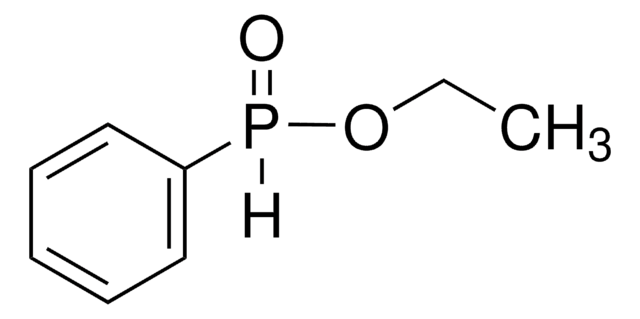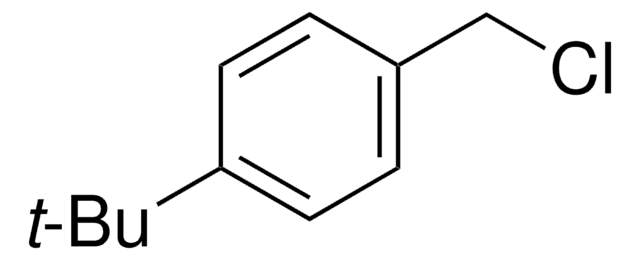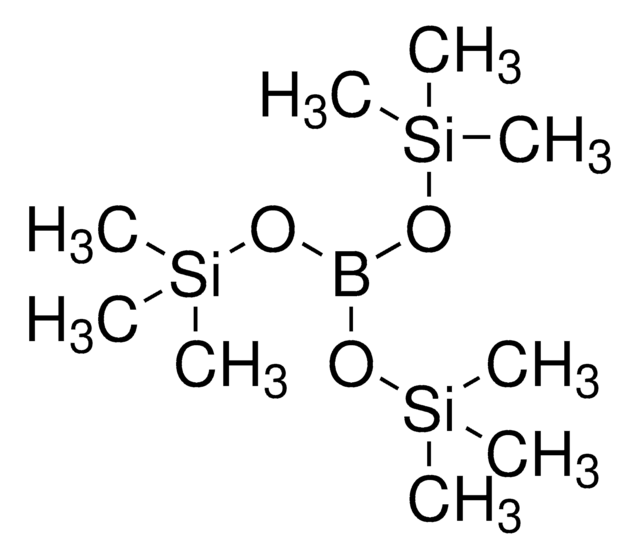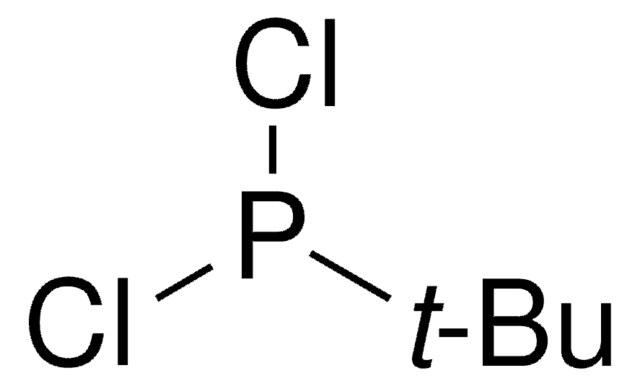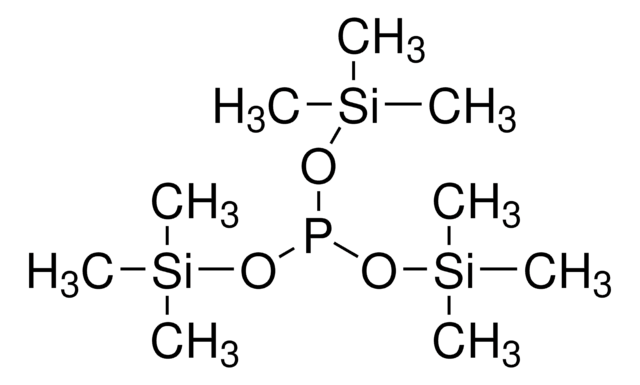149470
Dimethyl phenylphosphonite
97%
Sinónimos:
Phenyldimethoxyphosphine, Dimethoxyphenylphosphine
About This Item
Productos recomendados
Quality Level
assay
97%
form
liquid
reaction suitability
reaction type: Buchwald-Hartwig Cross Coupling Reaction
reaction type: Heck Reaction
reaction type: Hiyama Coupling
reaction type: Negishi Coupling
reaction type: Sonogashira Coupling
reaction type: Stille Coupling
reaction type: Suzuki-Miyaura Coupling
refractive index
n20/D 1.529 (lit.)
density
1.072 g/mL at 25 °C (lit.)
storage temp.
2-8°C
SMILES string
COP(OC)c1ccccc1
InChI
1S/C8H11O2P/c1-9-11(10-2)8-6-4-3-5-7-8/h3-7H,1-2H3
InChI key
LMZLQYYLELWCCW-UHFFFAOYSA-N
signalword
Danger
hcodes
Hazard Classifications
Eye Dam. 1 - Skin Corr. 1B
Storage Class
8A - Combustible corrosive hazardous materials
wgk_germany
WGK 3
flash_point_f
235.4 °F - closed cup
flash_point_c
113 °C - closed cup
ppe
Faceshields, Gloves, Goggles, type ABEK (EN14387) respirator filter
Elija entre una de las versiones más recientes:
¿Ya tiene este producto?
Encuentre la documentación para los productos que ha comprado recientemente en la Biblioteca de documentos.
Los clientes también vieron
Nuestro equipo de científicos tiene experiencia en todas las áreas de investigación: Ciencias de la vida, Ciencia de los materiales, Síntesis química, Cromatografía, Analítica y muchas otras.
Póngase en contacto con el Servicio técnico